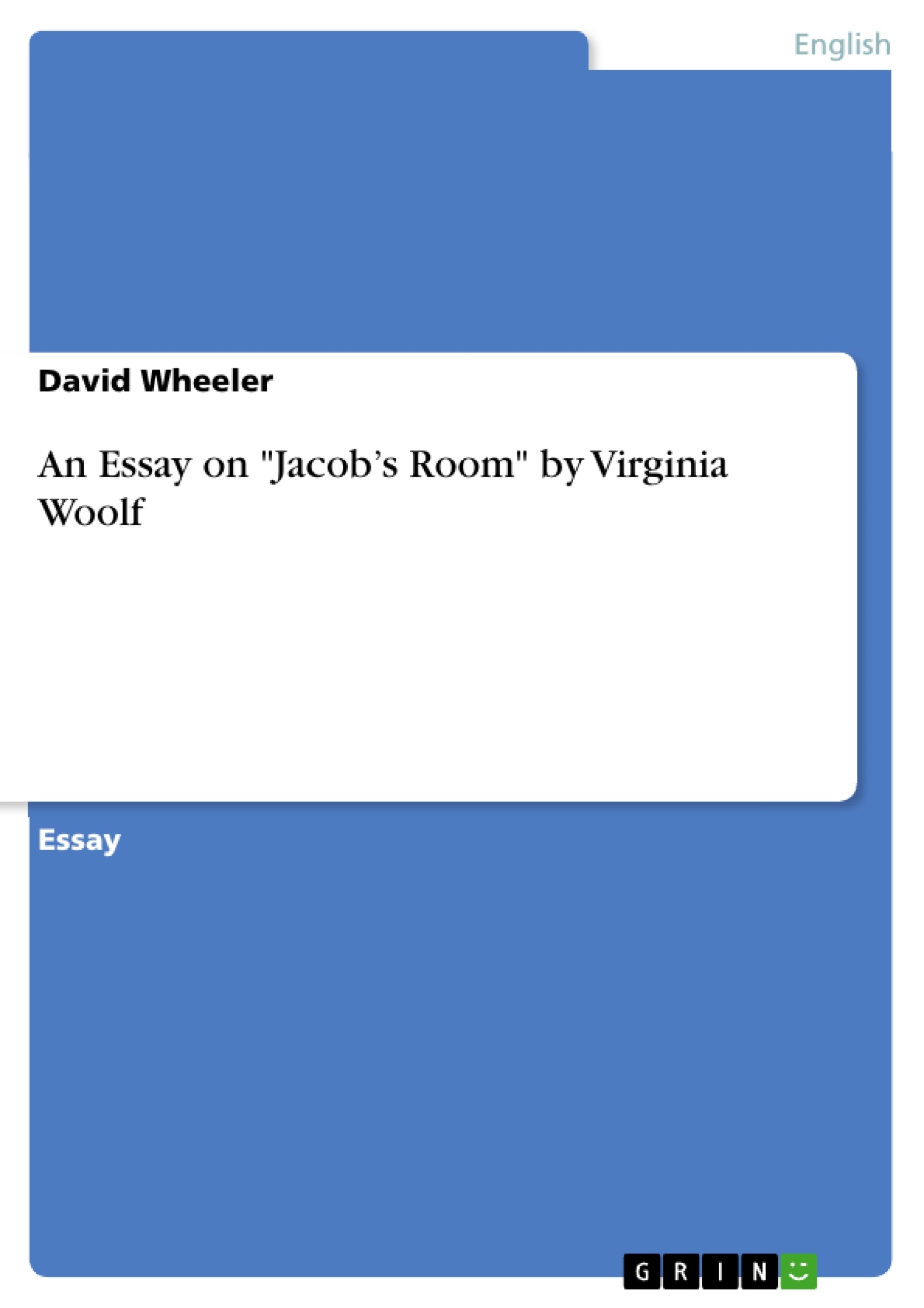A detailed analysis of Virginia Woolf's first truly innovative novel - itself a searing indictment of the English upper classes.
Table of Contents
- Introduction
- Chapter One: Jacob's Room and the Mystery of Identity
- Chapter Two: Death and the Value of the Individual
- Chapter Three: Communication and the Unknowable
- Chapter Four: The Inevitability of Death
- Chapter Five: Filling the Time Between Birth and Death
- Chapter Six: The Banality of Jacob's Obsessions
- Conclusion: Hope and Redemption
Objectives and Key Themes
This chapter aims to analyze Virginia Woolf's *Jacob's Room*, exploring the relationship between the novel's modernist techniques and its thematic preoccupations. It argues that while the novel is often seen as a critique of the emptiness of modern civilization, Woolf utilizes recurring motifs, particularly those related to nature and death, to suggest a possible alternative. Key themes explored in the chapter include:- The Mystery of Identity
- The Value of the Individual
- The Difficulty of Communication
- The Inevitability of Death
- The Banality of Human Obsessions
Chapter Summaries
The chapter begins by analyzing the fragmented narrative structure of *Jacob's Room*, arguing that it reflects the novel's central theme of the unknowable nature of identity. Chapter Two explores the question of the individual's worth, particularly in the context of the First World War. Chapter Three examines the novel's depiction of communication as opaque and often futile. Chapter Four focuses on the recurring images of death and decay, which underscore the inevitability of mortality. Chapter Five examines the ways in which characters fill the time between birth and death, often through superficial pursuits and obsessions. Finally, Chapter Six delves into the banality of Jacob's intellectual pursuits, revealing his lack of originality and the emptiness of his life.
Keywords
The chapter focuses on the key themes and concepts present in Virginia Woolf's *Jacob's Room*, including: modernism, impressionism, identity, death, communication, obsession, emptiness, British culture, First World War. The analysis delves into recurring motifs, particularly those related to nature and the human condition, as well as the use of narrative fragmentation and shifting perspectives.- Citar trabajo
- David Wheeler (Autor), 2011, An Essay on "Jacob’s Room" by Virginia Woolf , Múnich, GRIN Verlag, https://www.grin.com/document/179504



